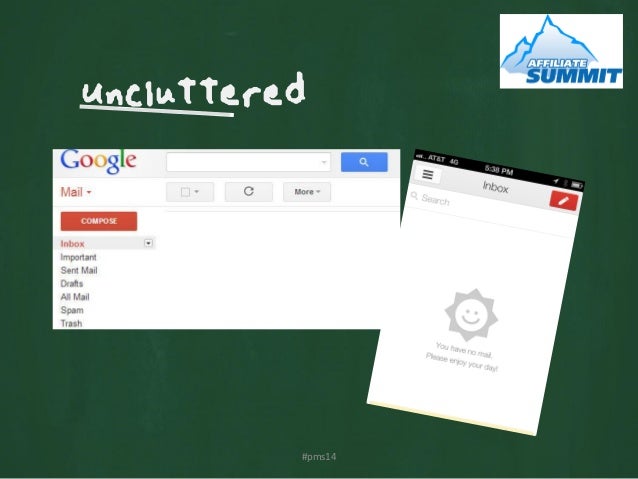

The sed line ensures chromium thinks it shut down cleaning, even if it didn't to prevent tab restore warnings. The first 3 lines prevent screen blanking - for one project I am using a touch screen so these could be removed to preserve life and make it wake on touch.
#Unclutter email install
sudo apt-get install unclutter chromium-browserĮdit ~/.config/lxsession/LXDE-pi/autostart the following. We need chromium-browser as well as unclutter (to hide the cursor).
#Unclutter email update
Step 5: Ensure everything is up-to-date sudo apt-get update

They can be removed, after which an autoremove will take care of any dangling dependencies: sudo apt-get remove -purge wolfram-engine scratch nuscratch sonic-pi idle3 smartsim java-common minecraft-pi python-minecraftpi python3-minecraftpi libreoffice python3-thonny geany claws-mail bluej greenfoot The non-lite version of Raspbian comes with quite a few things that are not needed for a Kiosk-style display which bloat the install. Using sudo raspi-config enable Wait for Network: Step 1: Raspbian SD Cardĭownload the Raspbian (non-Lite) from here.įlash to a Micro SD card, the easiest way is to use Etcher (it will even take a zip and use that, and verify the content after).Įnsure you can control the Pi, either using a Keyboard, (Mouse) and Display, or using sudo raspi-config to enable SSH. It also supports the Rasbperry Pi Touch Screen 'out of the box'. This approach starts with the full Raspbian install, which looks more polished out of the box but comes with a lot of stuff that is not needed, its quick and easy to work back from this working GUI install to get a Kiosk mode. There are a number of versions outlined below which are progressively more space efficient. Since we first did this the process has become more simple, this guide is based on the following GitHub Article.

To manage configuration and updates without having to switch lots of SD cards every time a change needs to be made the plan is to combine this approach (probably the "Lite" version) with Network Booting. To keep the costs down, solution versatile and setup simple the plan was always to use a Raspberry Pi per screen to display data in a browser (Kiosk Mode). At work we have a number of screens around the office used for monitoring.


 0 kommentar(er)
0 kommentar(er)
